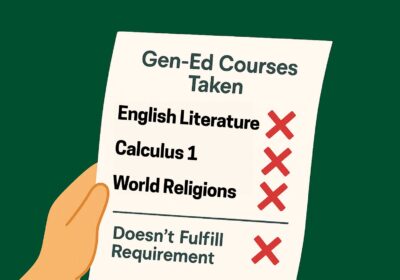Trump and Sanders: political peas in a pod

American polarization has produced two popular primary candidates: real estate mogul, TV personality Donald Trump and Vermont Sen. Bernie Sanders. Despite seeming very different, both candidates understand the importance of popular issues for voters in their parties.
Surprisingly, given Trump’s clear affluence, both candidates support increasing taxes on the wealthy and preventing cuts to social safety net programs.
According to CNN, Sanders said “large corporations will have to pay under a Sanders Administration more in taxes so that we can use that revenue to rebuild our crumbling infrastructure, create the jobs we need, (and) make sure that every kid who has the ability is able to get a college education in America because public colleges and public universities will be tuition-free.”
Donald Trump told Fox News that his fellow candidates are “going to cut Social Security, Medicare and Medicaid… (but he’s) not going to do that.”
According to the Pew Research Center, in 2013, 62 percent of Republicans believed “it was more important to continue current spending levels for Social Security and Medicare than to take steps to reduce the budget deficit.”
Trump may be more in tune with the party base than some Republicans think.
The domination by these underdogs was unexpected and is being dismissed as a fluke by the candidates’ respective mainstream party members. Bernie’s stand on tax reform seems unrealistic to most Clinton supporters. Trump’s appeal to the Tea Party is so disturbing to mainstream conservatives that the National Review, a flagship conservative paper, regularly ridicules Trump and his supporters.
Both Trump and Sanders, outliers a few months ago, are beginning to outpace their corresponding party favorites: former Florida Gov. Jeb Bush and former Secretary of State Hillary Clinton, respectively.
Trump’s and Sanders’s protection of welfare programs demonstrates the depth of their popular appeal. Both are offering real variety to a political process that, for many Americans, comes across as stale or petty.
Until Clinton’s recent appearance on “The Tonight Show Starring Jimmy Fallon,” Trump and Sanders were frontrunners in their respective primary polls. Sanders led Clinton by 7 points in the New Hampshire poll, and Trump currently leads with 30 percent approval — 10 points more than runner-up Carson.
It is clear the candidates are similar in many respects. However, it would be wrong to say they are two sides of the same coin. Sanders has experience as a public servant while Trump does not. Sanders has been consistently left of center in his politics while Trump has wavered in his beliefs, most notably on abortion.
Sanders is radically against money in politics. On the other hand, Trump regularly donated to candidates such as Clinton, who he provided donations to from 2002 to 2007, according to Politico.
Our county’s political polarization is ultimately responsible for the overwhelming appeal for these two unlikely candidates. While the content of Trump’s and Sanders’s messages are vastly different, the effect and charm of their campaigns unearth both the same frustrations over domestic policy and the desire for a shift toward genuine leadership.
Jonathan Gonzalez is a sophomore majoring in philosophy.







